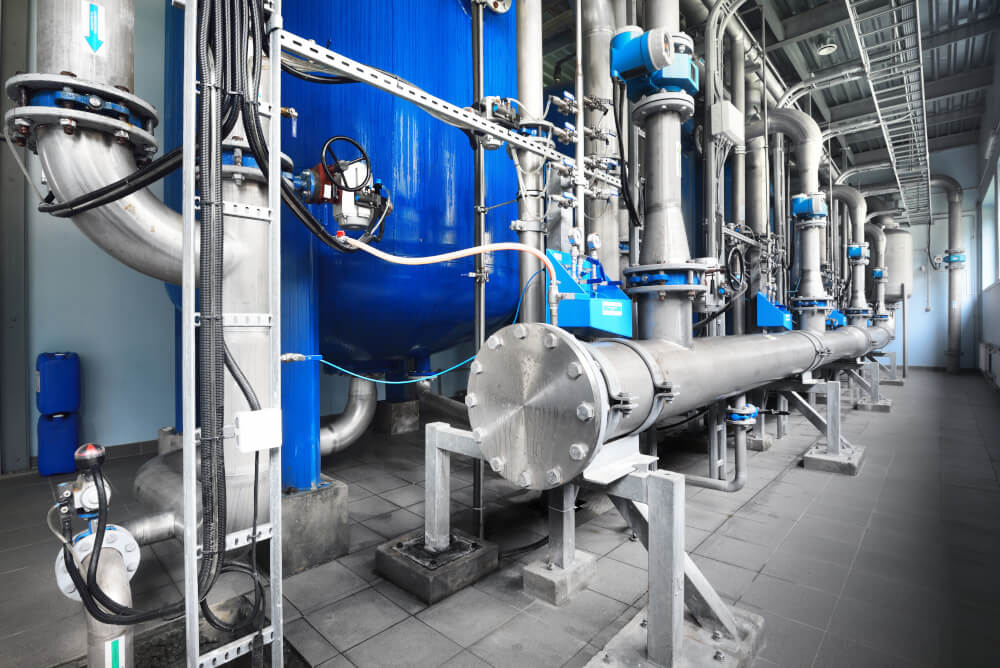Global Heat Treatment Industry Statistics Show Growth
January 12th, 2017The steel heat treatment industry has become a huge market all around the world. Globally, industries are making major advancements in the operations involving the heating and cooling process of metal. This is due to the wide number of benefits heat treatment and other process such as case hardening, tempering steel, precipitation hardening or vacuum heat treatment offers steel when it comes to certain desirable mechanical and physical characteristics.
According to IHEA, heat treatment consumes 17 percent of U.S. Industrial Energy usage and consists of 2 to 15 percent of the total production cost. Globally, the sheer volume of the heat treatment industry is in the range of $65 to $75 billion—with the sale of heat treatment equipment alone being between $4.375 and $5.5 billion.
Looking at just the numbers, it’s safe to say that the heat treatment industry has a huge impact on the economy all over the world. Many countries have considered the heat treatment process to be a strategic part of their developing economies and living standards. Countries like Poland and China even have significant subsidies and grants provided to manufacturers that develop technologies or modernize their facilities for such processes.
North America alone is a $22 billion industry—with the European Union coming in second ($18 billion) and China ($11 billion) coming in third. Looking at these statistics, it’s clear that the U.S. is a dominant player in the heat treatment market. Largely due to the high volume of automotive parts and processes that are built and handled within the country. On average, 70 percent of a vehicle’s weight is metal. This high percentage of metal has a profound influence over the demand for heat treatment within the industry.
It seems like other countries are starting to catch on too. According to TheMonty.com, “Fast growing Asian/African markets create opportunities for heat treatment services and equipment, particularly in India, Thailand and Indonesia and, in time, Vietnam and the Philippines. This manufacturing shift depends on population size, education (income) and the steel availability in the country or region. We can predict with some degree of accuracy that within the next 10 to 20 years, the highest growth will be in Africa. Egypt, Nigeria, Ethiopia and Ghana will have the fastest growth potential in the heat treatment industry.”
Globally, a number of different industries besides the automotive sector use heat treatment in their everyday processes as well—industries like heavy construction machinery, aerospace, mining, metalworking, and the tool and die sectors to name a few.
The heat treatment market only seems to be getting bigger and better as the years go on. One of the greatest statistics regarding the heat treatment industry is that a majority of industry operators are smaller businesses that serve local and regional markets. According to U.S. Census data, 96.4 percent of heat treatment companies employ less than 100 workers, and 68.3 percent employ fewer than 20.
Meaning that the industry is made up of thousands of companies that all specialize in a particular segment of the industry—showing just how diverse and how much depth there is to what we do. Trends in the heat treatment sectors are also on the rise. Digitalization and a globalized standard of heat treatment have both played a big part in the industry’s growth. Automation and manufacturing technologies and processes are constantly becoming more digitalized and streamlined, making our sector even more efficient and lowering the cost of overall production.
Looking at these industry market statistics, analyses and trends makes one thing abundantly clear. The heat treatment industry is a huge player in our global economy, and it’s definitely one that’s here to stay.


